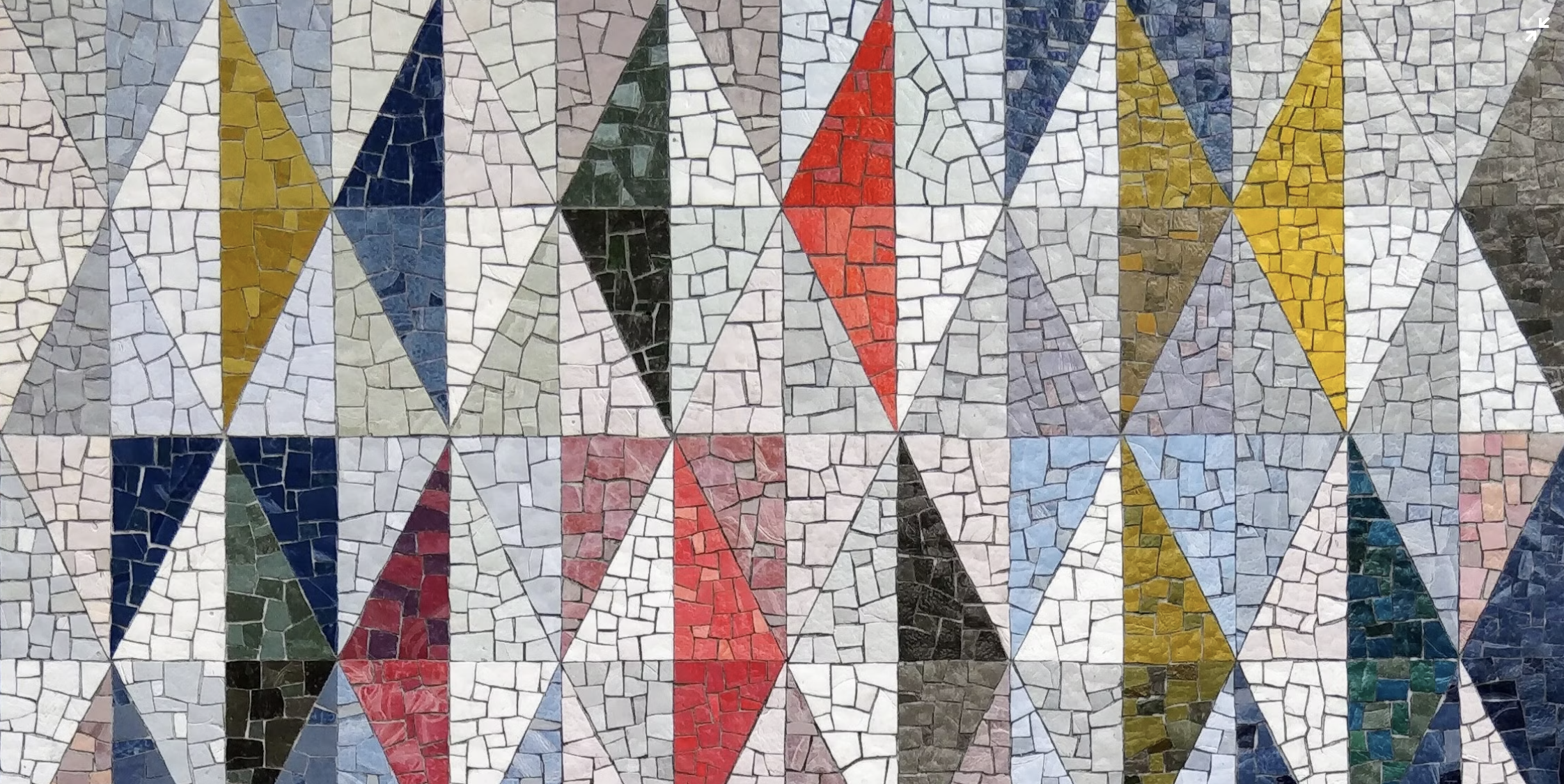Timeless Elegance: Exploring the Most Iconic Mid-Century Modern Coffee Tables
Introduction
The mid-century modern design movement has left an indelible mark on the world of furniture, with its clean lines, minimalist aesthetic, and innovative use of materials. Among the various pieces that embody this era's design ethos, mid-century modern coffee tables stand out as both functional and artistic statements. These iconic mid-century modern coffee tables have transcended time, becoming staples of interior design that continue to captivate and inspire. We’ll delve into the world of mid-century modern coffee tables, exploring their history, design elements, and enduring appeal.
The Birth of Mid-Century Modern Design
The mid-20th century was a period of immense change, marked by post-World War II optimism, technological advancements, and a desire for simplicity in design. Mid-century modern design emerged as a response to these societal shifts, emphasizing functionality, clean forms, and a focus on the beauty of natural materials. This movement laid the foundation for the iconic coffee tables that we now associate with the era.
Photo: Randy Laybourne
Characteristics of Mid-Century Modern Coffee Tables
Mid-century modern coffee tables are distinguished by several key characteristics that define their aesthetic and functionality:
Clean Lines and Geometric Shapes
Mid-century modern coffee tables feature clean, straight lines and geometric shapes, often with rounded edges or subtle curves. This design approach creates a sense of balance and harmony in the overall living space.
Photo: Max Williams
Minimalist Construction
These coffee tables embrace the "less is more" philosophy, often featuring minimalist designs with a focus on essential elements. The absence of ornate detailing contributes to their timeless appeal.
Innovative Materials
Mid-century modern coffee tables pushed the boundaries of material experimentation. Designers utilized a range of materials, including wood, glass, metal, and even plastic, showcasing a willingness to explore new possibilities.
Organic Influences: While the movement championed modernity, it also drew inspiration from nature. Coffee tables of this era often incorporate organic forms and natural materials, creating a harmonious blend of the modern and the natural.
Iconic Mid-Century Modern Coffee Tables
Isamu Noguchi's Noguchi Table
Designed in 1944 by Japanese-American artist Isamu Noguchi, the Noguchi Table is a true masterpiece. Its sculptural base consists of two identical wooden elements that interlock to support a uniquely shaped glass top. The table's organic form and harmonious composition make it a timeless symbol of mid-century design.
Eames Molded Plywood Coffee Table
Photo: Herman Miller
Charles and Ray Eames were pioneers of mid-century modern design, and their molded plywood coffee table exemplifies their innovative approach. Created using a technique they developed to bend plywood, the table's flowing lines and elegant silhouette reflect the Eameses' commitment to experimentation and craftsmanship.
George Nelson's Noguchi Cyclone Table
Photo: camodernhome.com
Designed by George Nelson in collaboration with Isamu Noguchi, the Cyclone Table features a dynamic sculptural base resembling a cyclone. Its playful yet functional design adds a touch of whimsy to any space, embodying the lighthearted spirit of the mid-century era.
Adrian Pearsall's Boomerang Table
Photo: cityissue.com
Adrian Pearsall's boomerang-shaped coffee table captures the essence of mid-century modern design with its bold curves and use of organic materials. The table's asymmetrical form and innovative design reflect the era's penchant for pushing design boundaries.
Danish Modern Teak Coffee Tables
Finn Juhl Teak Coffee Table. Photo: chairish.com
Hans Wegner Coffee Table. Photo:1stdibs.com
Danish designers like Hans Wegner and Finn Juhl contributed immensely to the mid-century modern movement. Teak coffee tables with their warm wood tones, sleek lines, and thoughtful craftsmanship showcase the Scandinavian design influence that became synonymous with the era.
Enduring Influence and Contemporary Revival
The enduring appeal of mid-century modern coffee tables can be attributed to their inherent timelessness and adaptability. These pieces seamlessly integrate into a variety of interior styles, from retro-inspired spaces to contemporary and eclectic designs. As society continues to gravitate toward sustainable and timeless design, mid-century modern coffee tables have experienced a resurgence in popularity.
Contemporary Interpretations
Contemporary designers often draw inspiration from mid-century modern coffee tables, reimagining iconic designs with a modern twist. This fusion of old and new allows for a seamless integration of vintage charm and contemporary aesthetics.
Sustainable Design
The emphasis on natural materials and functional design in mid-century modern coffee tables aligns with today's sustainable design principles. Vintage pieces are not only cherished for their aesthetic value but also for their eco-friendliness and longevity.
Incorporating Mid-Century Modern Coffee Tables in Interior Design
Photo: Phebe Tan
Mixing and Matching
Mid-century modern coffee tables can be paired with a wide range of furniture styles, creating a harmonious juxtaposition of old and new. Mixing these iconic pieces with contemporary or traditional elements adds depth and character to interior spaces.
Focal Points
Placing an iconic mid-century modern coffee table in a room can serve as a striking focal point. The unique shapes and designs of these tables draw attention and can set the tone for the entire space.
Playing with Colors and Textures
Mid-century modern coffee tables often feature distinct colors and textures. Pairing these tables with complementary textures and colors in upholstery and decor enhances the visual appeal of the room.
Wrapping Up Our Journey of Mid-century Modern Coffee Tables
The world of design is an ever-evolving landscape, yet certain pieces continue to transcend time and remain icons of their era. Mid-century modern coffee tables, with their clean lines, innovative materials, and timeless aesthetic, have earned their place as symbols of an influential design movement. These tables not only reflect the ideals and spirit of the mid-20th century but also continue to inspire contemporary designers and homeowners alike. As we celebrate the enduring appeal of mid-century modern coffee tables, we recognize their ability to seamlessly bridge the gap between the past and the present, enriching our living spaces with a touch of timeless elegance.









